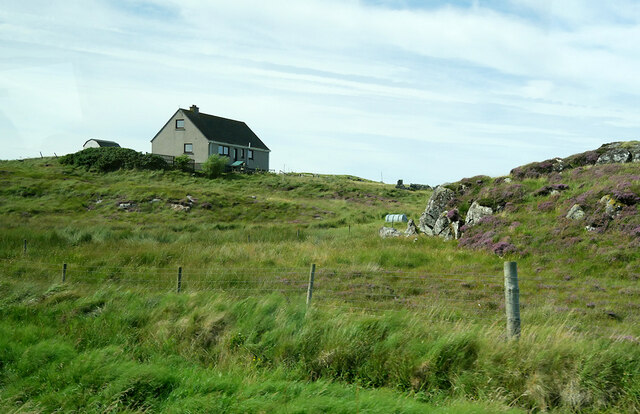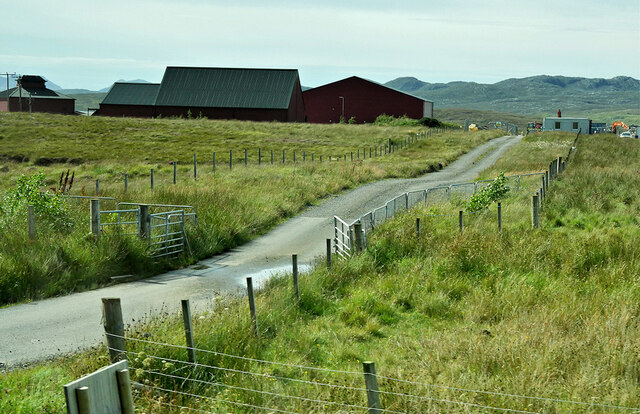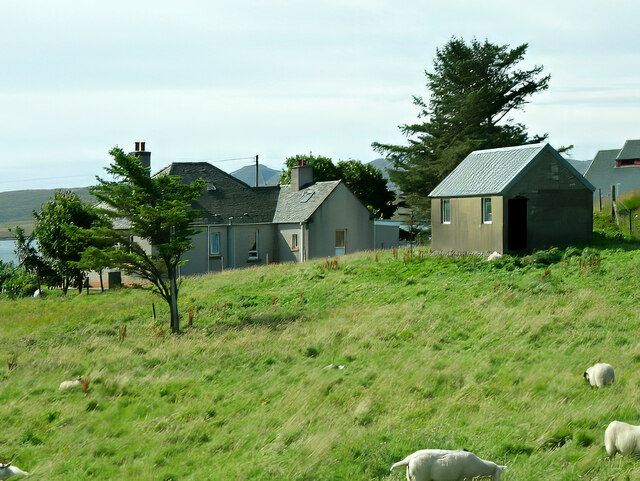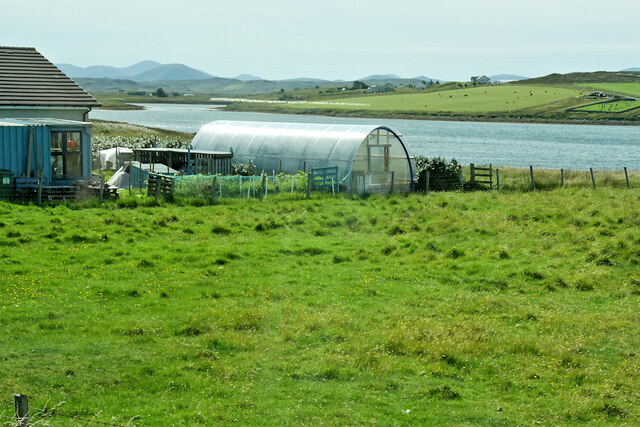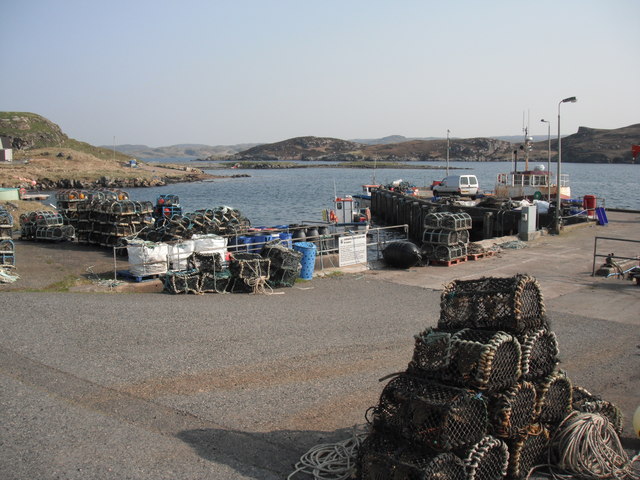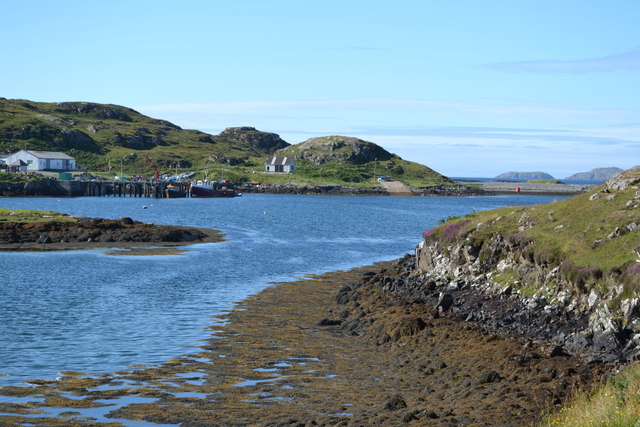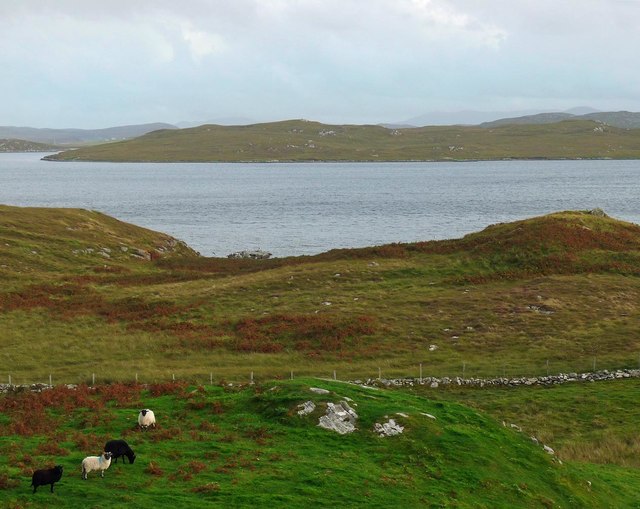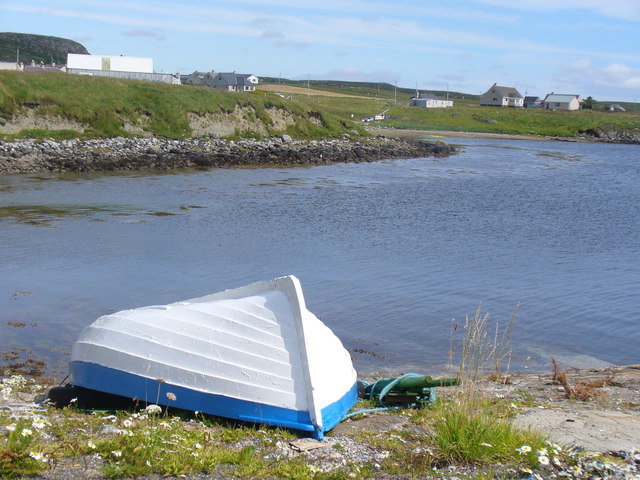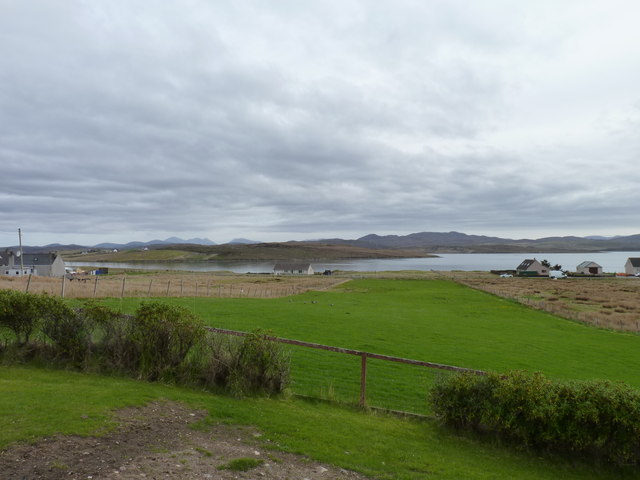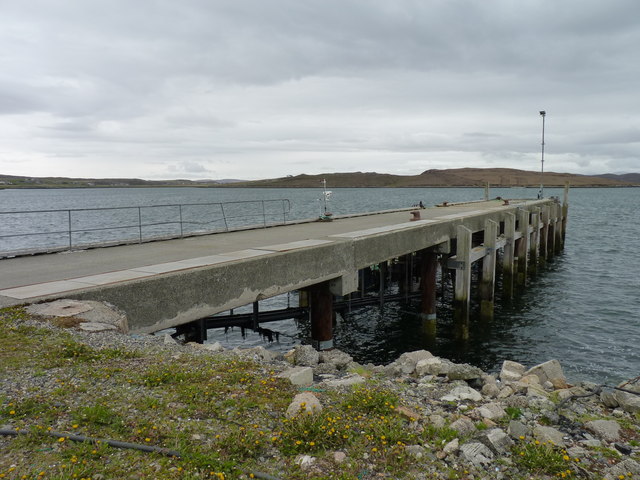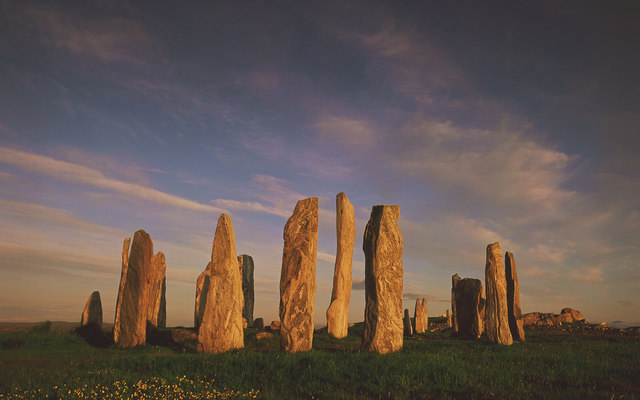Caolas Chèabhaigh
Sea, Estuary, Creek in Ross-shire
Scotland
Caolas Chèabhaigh
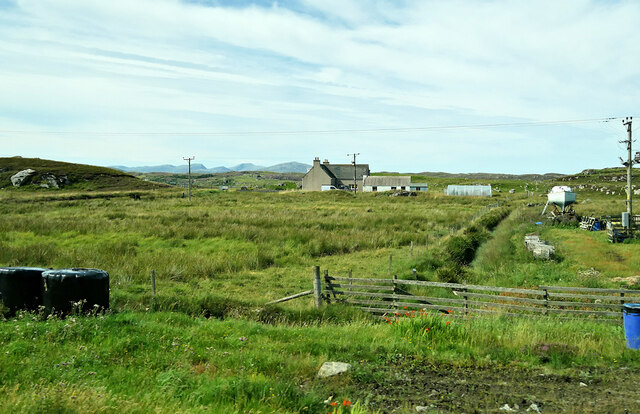
Caolas Chèabhaigh, located in Ross-shire, Scotland, is a picturesque sea inlet, also known as a creek or estuary. It is situated between the mainland and the scenic Isle of Skye, offering breathtaking views of the surrounding landscape. The area is known for its stunning natural beauty and diverse wildlife, attracting visitors and nature enthusiasts from all over the world.
The crystal-clear waters of Caolas Chèabhaigh are well-known for their tranquility and are a haven for various marine species. The estuary is a crucial habitat for numerous bird species, including herons, oystercatchers, and gulls, making it a popular spot for birdwatching. The surrounding marshes and mudflats provide an abundant food source for these birds.
The coastline around Caolas Chèabhaigh is dotted with rocky outcrops and sandy beaches, offering visitors a chance to explore and relax in a peaceful environment. The area is also home to a variety of marine life, such as seals, otters, and dolphins, which can often be spotted swimming and playing in the waters.
For those interested in history, Caolas Chèabhaigh has several archaeological sites nearby, including ancient burial grounds and standing stones. These remnants of the past give an insight into the area's rich cultural heritage.
The stunning natural beauty, diverse wildlife, and historical significance make Caolas Chèabhaigh a must-visit destination for anyone seeking a peaceful and immersive experience in the heart of the Scottish Highlands.
If you have any feedback on the listing, please let us know in the comments section below.
Caolas Chèabhaigh Images
Images are sourced within 2km of 58.215897/-6.7785654 or Grid Reference NB1935. Thanks to Geograph Open Source API. All images are credited.
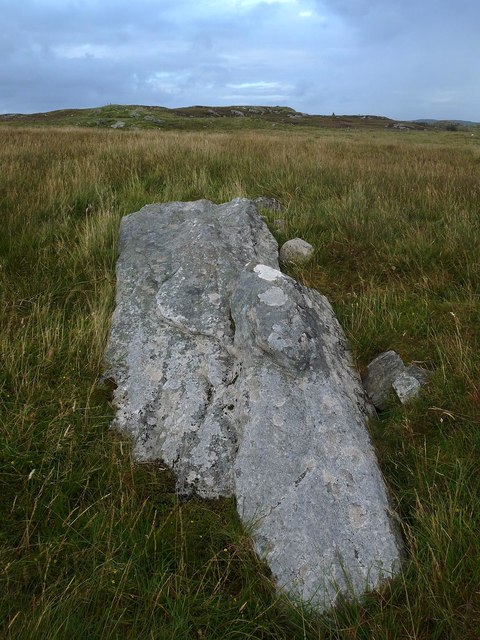
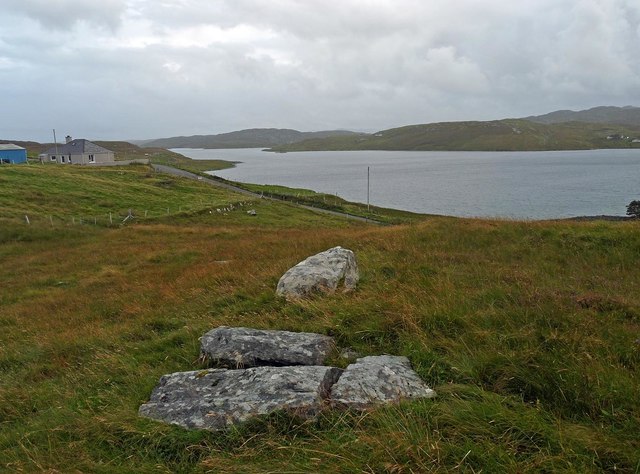
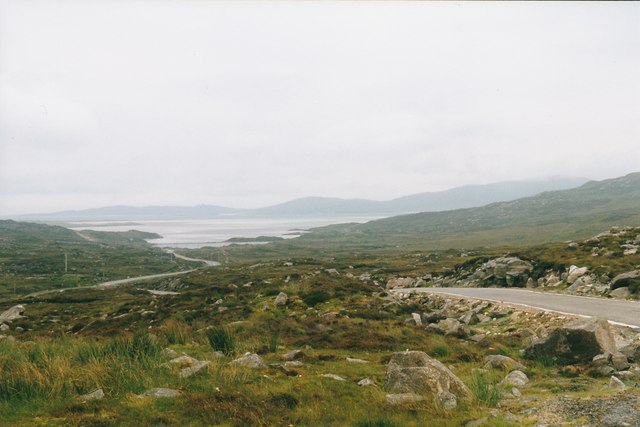
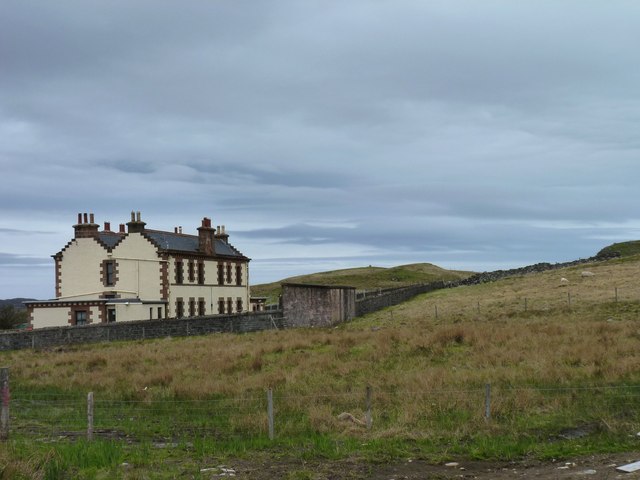
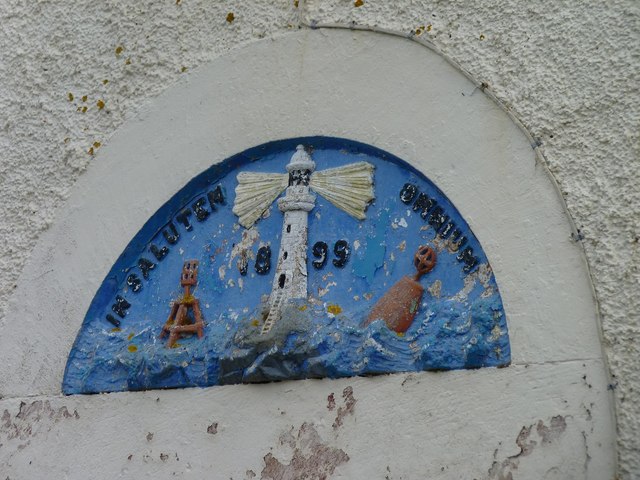
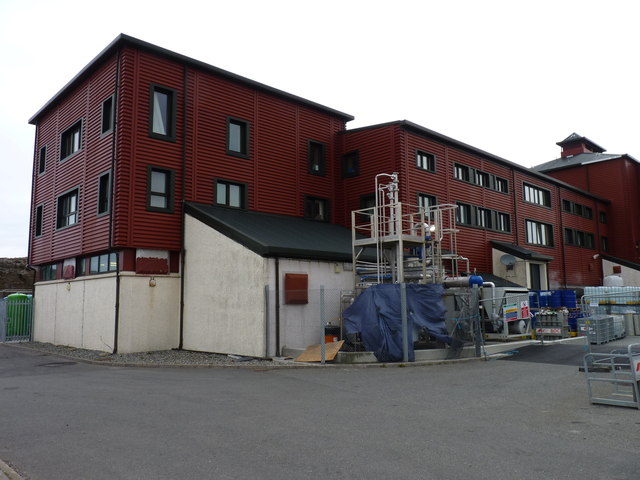
Caolas Chèabhaigh is located at Grid Ref: NB1935 (Lat: 58.215897, Lng: -6.7785654)
Unitary Authority: Na h-Eileanan an Iar
Police Authority: Highlands and Islands
What 3 Words
///socialite.escaping.tinsel. Near Carloway, Na h-Eileanan Siar
Nearby Locations
Related Wikis
Ceabhaigh
Ceabhaigh is a small island in an arm of Loch Ròg on the west coast of Lewis in the Outer Hebrides of Scotland. It is about 25 hectares (62 acres) in extent...
Eilean Chearstaidh
Eilean Kearstay (Scottish Gaelic: Eilean Chearstaigh) is an uninhabited island in Loch Roag in the Outer Hebrides of Scotland. It lies south east of Great...
Breasclete
Breasclete (Scottish Gaelic: Brèascleit) is a village and community on the west side of the Isle of Lewis, in the Outer Hebrides, Scotland. Breasclete...
Callanish
Callanish (Scottish Gaelic: Calanais) is a village (township) on the west side of the Isle of Lewis, in the Outer Hebrides (Western Isles), Scotland. Callanish...
Tolsta Chaolais
Tolsta Chaolais (also Tolastadh Chaolais, Tolstadh a' Chaolais) is a village on the Isle of Lewis, Scotland. It consists of about forty houses, clustered...
Callanish Stones
The Callanish Stones (or "Callanish I": Scottish Gaelic: Clachan Chalanais or Tursachan Chalanais) are an arrangement of standing stones placed in a cruciform...
Callanish VIII
The Callanish VIII stone setting is one of many megalithic structures around the better-known (and larger) Calanais I on the west coast of the Isle of...
Callanish II
The Callanish II stone circle (Scottish Gaelic: Cnoc Ceann a' Gharaidh) is one of many megalithic structures around the better-known (and larger) Calanais...
Nearby Amenities
Located within 500m of 58.215897,-6.7785654Have you been to Caolas Chèabhaigh?
Leave your review of Caolas Chèabhaigh below (or comments, questions and feedback).
